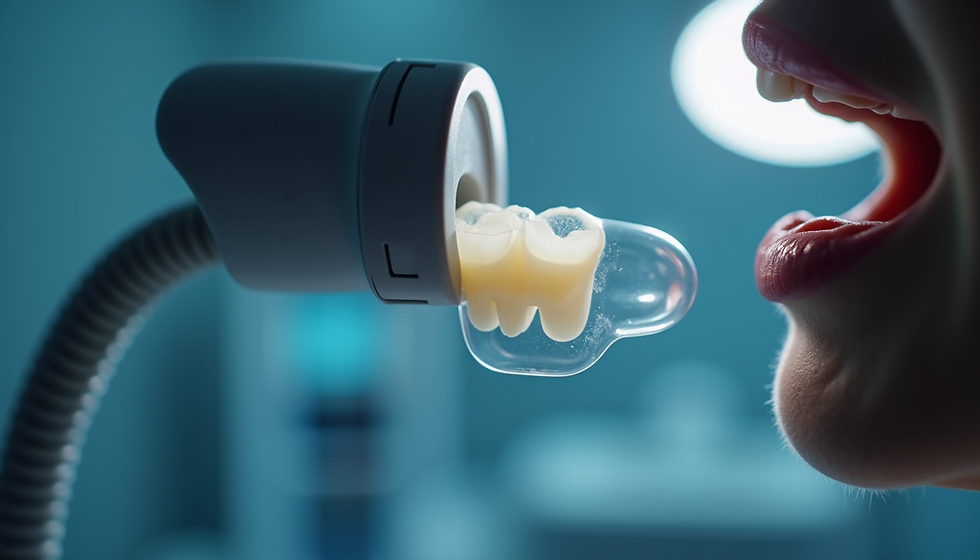Boost Healing in Dental Surgeries with CO₂ Laser Therapy
- Raymond G. Lee

- Jun 10
- 2 min read
Hey there, dental pros! I'm Raymond Lee from Raymond’s Dental Solutions, and today I’m excited to share insights from a groundbreaking study that could elevate your soft tissue surgeries—like extractions, frenectomies, or periodontal work. Published in PLOS ONE by Japanese researchers, this study reveals how low-level CO₂ laser therapy supercharges healing at the cellular level, going beyond just thermal effects. Let’s break it down and explore what it means for your practice.

What the Study Explored
The researchers focused on how low-level CO₂ laser therapy impacts human dermal fibroblasts, the cells critical for wound healing. Their mission? To pinpoint the ideal energy dose for optimal results and uncover the cellular mechanisms behind faster healing, reduced swelling, and less pain—benefits you’ve likely noticed in practice.
How They Did It
Using the Yoshida Opelaser Pro, a CO₂ laser emitting at 10,600 nm, the team tested energy doses of 0.1, 0.5, 1.0, 2.0, and 5.0 J/cm² on cultured fibroblasts. They measured outcomes with:
MTS assays to check cell growth
Migration assays to mimic wound closure
Western blotting to detect activated signaling proteins (Akt, ERK, JNK)
Pathway inhibitors to confirm the results
What They Found
The sweet spot was 1.0 J/cm², which significantly boosted fibroblast growth and movement. The laser activated key signaling proteins—Akt, ERK, and JNK—that drive cell growth and wound repair. Blocking these pathways stopped the healing benefits, proving the laser’s effects are deeply biological, not just surface-level.
Why This Matters for Your Practice
Incorporating a low-level CO₂ laser at around 1.0 J/cm² post-surgery could transform patient outcomes by:
Kickstarting fibroblast activity
Accelerating healing
Minimizing swelling and discomfort
Enhancing overall recovery
Whether you’re performing flap surgeries, biopsies, or grafts, this study backs up what many of you have seen firsthand: CO₂ lasers make wounds heal faster and better.
The Science Behind It
This isn’t just a feel-good observation. The study confirms that CO₂ lasers trigger specific intracellular signaling, qualifying as true photobiomodulation. This molecular-level action gives you a solid, evidence-based reason to integrate laser therapy into your daily procedures.
Takeaway
Low-level CO₂ laser therapy, at the right dose, is a game-changer for soft tissue healing. With tools like the Yoshida Opelaser Pro, you can provide less invasive, biologically driven care that helps patients recover smoothly. Thanks for reading—here’s to elevating your practice with cutting-edge laser dentistry!



.png)

Comments